 You did. Or at least, you and billions of other babies around the world and across time. “Ma” is one of the earliest vocalized sounds a baby makes on its way to learning speech, and it requires lip movement similar to that of nursing. It’s no wonder, then, that most languages have some variation on the M sound in their words for “mother”: mamá (Spanish), maminka (Czech), eomma (Korean), umama (Zulu), etc. The name “Dad” is likely also derived from baby talk, but arrives in second place. The D sound is known as a “dental consonant”, is difficult to form until the baby’s upper front teeth have grown in.
You did. Or at least, you and billions of other babies around the world and across time. “Ma” is one of the earliest vocalized sounds a baby makes on its way to learning speech, and it requires lip movement similar to that of nursing. It’s no wonder, then, that most languages have some variation on the M sound in their words for “mother”: mamá (Spanish), maminka (Czech), eomma (Korean), umama (Zulu), etc. The name “Dad” is likely also derived from baby talk, but arrives in second place. The D sound is known as a “dental consonant”, is difficult to form until the baby’s upper front teeth have grown in.
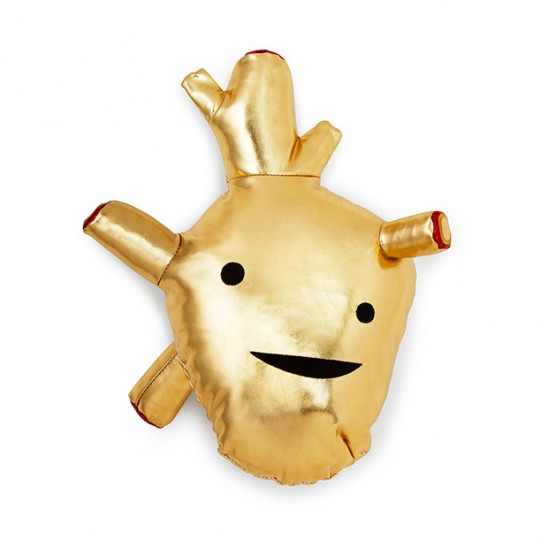 They don’t. No one does. Blood does vary in color—but only from bright red to dark red. The fact that some blood vessels appear blue beneath the skin is actually trick of the light. Much in the same way that the ocean looks blue even though water itself has no color, when light passes through the outer layers of our skin and bounces off a blood vessel, the frequency most likely to bounce back out to our eyes is blue. That does not have any effect on the color of the blood itself. However, this misconception has long been a tool for supporting class distinction. Starting as far back as medieval Spain, being able to see veins of “sangre azul” beneath pale skin was a mark of a privileged, sheltered life that was unavailable to the sun-tanned working class. And though now we live in an age where sun-starved office workers dream of luxuriating out on the beach somewhere, our blue-blooded illusion of the upper class remains.
They don’t. No one does. Blood does vary in color—but only from bright red to dark red. The fact that some blood vessels appear blue beneath the skin is actually trick of the light. Much in the same way that the ocean looks blue even though water itself has no color, when light passes through the outer layers of our skin and bounces off a blood vessel, the frequency most likely to bounce back out to our eyes is blue. That does not have any effect on the color of the blood itself. However, this misconception has long been a tool for supporting class distinction. Starting as far back as medieval Spain, being able to see veins of “sangre azul” beneath pale skin was a mark of a privileged, sheltered life that was unavailable to the sun-tanned working class. And though now we live in an age where sun-starved office workers dream of luxuriating out on the beach somewhere, our blue-blooded illusion of the upper class remains.
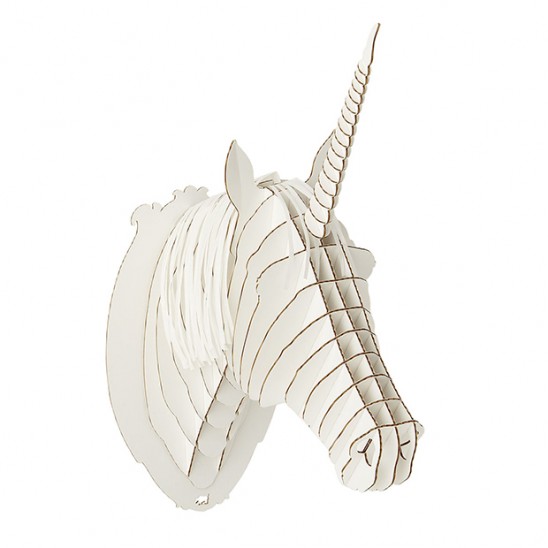 If not, perhaps you should reconsider. Astronomer Charles Messier first discovered the Trifid Nebula in 1764. The name means “three-lobed,” referring to the nebula’s general shape. However, it wasn’t until the Hubble Space Telescope got a good look at it in the ‘90s that we spotted the Trifid’s most enchanting feature. That would be the space unicorn. In the same way that you might look up to find a cloud that looks like an elephant or a duck, one corner of this particular cloud of gas has taken on the shape of a unicorn. An ear and nose are visible, draped by its flowing mane, as the great beast looks away from us. And of course there’s the horn, extending .75 light years long and created by a stellar jet.
If not, perhaps you should reconsider. Astronomer Charles Messier first discovered the Trifid Nebula in 1764. The name means “three-lobed,” referring to the nebula’s general shape. However, it wasn’t until the Hubble Space Telescope got a good look at it in the ‘90s that we spotted the Trifid’s most enchanting feature. That would be the space unicorn. In the same way that you might look up to find a cloud that looks like an elephant or a duck, one corner of this particular cloud of gas has taken on the shape of a unicorn. An ear and nose are visible, draped by its flowing mane, as the great beast looks away from us. And of course there’s the horn, extending .75 light years long and created by a stellar jet.
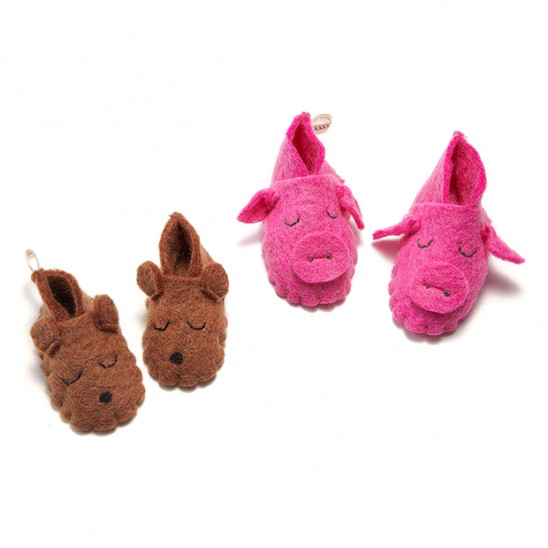 It kind of makes sense that piggy banks are shaped like pigs, because the pig is a traditional symbol of wealth and abundance in some cultures. But in fact, piggy banks were around long before they began to be shaped like pigs. That’s because “pig” was once “pygg”—a kind of cheap, orange-colored clay that was used for household vessels and kitchen pots. Before banking became common, people would simply store their money in a pygg jar. Over time, people became more familiar with pigs (the animal) than with pig (the substance), resulting in banks that are shaped like pigs while not being made of the substance they were named for. Perhaps, though, the next most fitting material for a piggy bank would be porcelain: the word porcelain comes from the Italian word for “cowrie shell”, which in turn was derived from the Latin word porcellus—which means “little pig.”
It kind of makes sense that piggy banks are shaped like pigs, because the pig is a traditional symbol of wealth and abundance in some cultures. But in fact, piggy banks were around long before they began to be shaped like pigs. That’s because “pig” was once “pygg”—a kind of cheap, orange-colored clay that was used for household vessels and kitchen pots. Before banking became common, people would simply store their money in a pygg jar. Over time, people became more familiar with pigs (the animal) than with pig (the substance), resulting in banks that are shaped like pigs while not being made of the substance they were named for. Perhaps, though, the next most fitting material for a piggy bank would be porcelain: the word porcelain comes from the Italian word for “cowrie shell”, which in turn was derived from the Latin word porcellus—which means “little pig.”
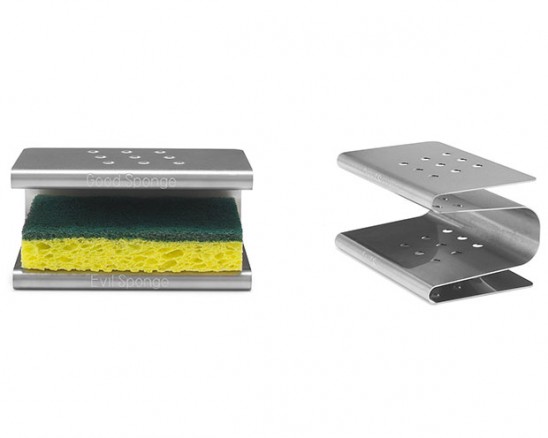 The term “spring fever” may conjure images of children bursting to get outside and play in the newly-pleasant weather, or even romantic couples swooning over each other. But the real spring fever is almost the exact opposite of those things, characterized by lack of energy and depressed mood. It’s not contagious, however. While there is medical debate about the causes of spring fever, the problem arises from how your body is adjusting to the change of season, rather than a virus. One possible cause, for example, is that, during the dark days of winter, your body has used up its reserves of serotonin, a hormone that promotes positive moods. As the days get longer and you get more exposure to sunlight, your body kicks into hormone production mode again, but that initial boom in production actually uses a lot of energy, leaving your body feeling temporarily sapped. Another theory is that rising temperatures case your blood vessels to expand, resulting in a drop in blood pressure. But whatever the cause, there is one certain cure: summer.
The term “spring fever” may conjure images of children bursting to get outside and play in the newly-pleasant weather, or even romantic couples swooning over each other. But the real spring fever is almost the exact opposite of those things, characterized by lack of energy and depressed mood. It’s not contagious, however. While there is medical debate about the causes of spring fever, the problem arises from how your body is adjusting to the change of season, rather than a virus. One possible cause, for example, is that, during the dark days of winter, your body has used up its reserves of serotonin, a hormone that promotes positive moods. As the days get longer and you get more exposure to sunlight, your body kicks into hormone production mode again, but that initial boom in production actually uses a lot of energy, leaving your body feeling temporarily sapped. Another theory is that rising temperatures case your blood vessels to expand, resulting in a drop in blood pressure. But whatever the cause, there is one certain cure: summer.
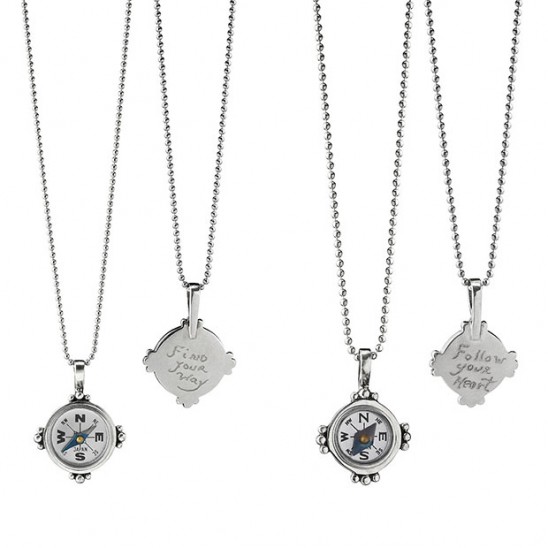 We pretty much take it for granted that, when we spread a map out on a table, the top of the paper is going to be north. But if you think about it, there’s no absolute reason that should be the case. In fact, ancient Egyptian cartographers positioned south at the top of world, possibly because of the south-to-north flow of the Nile River. During the Middle Ages, map-makers based their work on both the rising of the sun and Christian symbolism to place east at the top of the map. This dominance of the east is why, today, we talk about using a map to “orient” ourselves. But our modern, north-focused perspective ultimately goes all the way back to Ptolemy, from second century Egypt, whose beautifully detailed charts of the known world, complete with latitude and longitude reflecting the curvature of the earth, placed north at the top. It is unknown why he chose this layout, but his work was so influential on mapmakers throughout the centuries that followed, that he literally changed the way we view the world today.
We pretty much take it for granted that, when we spread a map out on a table, the top of the paper is going to be north. But if you think about it, there’s no absolute reason that should be the case. In fact, ancient Egyptian cartographers positioned south at the top of world, possibly because of the south-to-north flow of the Nile River. During the Middle Ages, map-makers based their work on both the rising of the sun and Christian symbolism to place east at the top of the map. This dominance of the east is why, today, we talk about using a map to “orient” ourselves. But our modern, north-focused perspective ultimately goes all the way back to Ptolemy, from second century Egypt, whose beautifully detailed charts of the known world, complete with latitude and longitude reflecting the curvature of the earth, placed north at the top. It is unknown why he chose this layout, but his work was so influential on mapmakers throughout the centuries that followed, that he literally changed the way we view the world today.
Hand Engraved Compass Necklaces by Kevin & Deborah Healy, $140
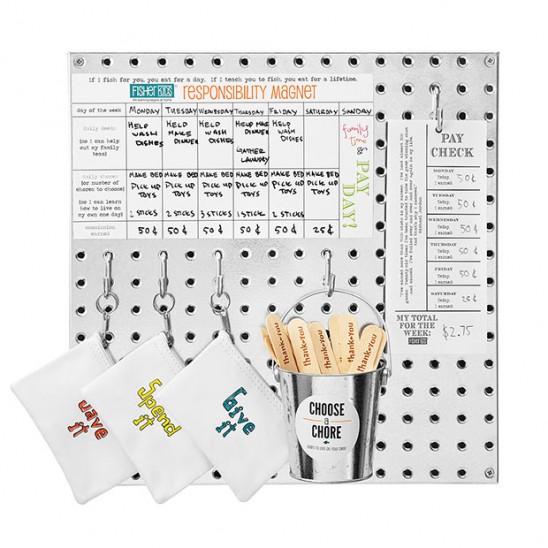 Not if you plan on penning your memoirs or painting a watercolor masterpiece! Studies have shown that while working in a tidy room encourages people to be more responsible and perform normatively “good” actions (think eating healthy, giving to charity, remembering to reschedule your cleaning at the dentist), working in a messy room encourages people to try new things and come up with creative ideas. During one of several controlled experiments, two groups of people, kept in either neat or messy rooms, were given smoothies and the option to enhance them with flavored “boosts.” Half of the boosts were deemed “classic” and the other half were “new.” Those in the cluttered room were more likely to opt for the newer, less typical add-ons. The theory is that disorderly environments tend to inspire breaking free of tradition, which can in turn produce fresh insights. This finding can go both ways; let the clutter pile up when you need to think outside the box, then tidy up once you’re ready to buckle down and get serious with eating well and finally making it to the gym—but if you lost track of your sneakers in all that clutter, maybe it’s a sign that you should just keep creating.
Not if you plan on penning your memoirs or painting a watercolor masterpiece! Studies have shown that while working in a tidy room encourages people to be more responsible and perform normatively “good” actions (think eating healthy, giving to charity, remembering to reschedule your cleaning at the dentist), working in a messy room encourages people to try new things and come up with creative ideas. During one of several controlled experiments, two groups of people, kept in either neat or messy rooms, were given smoothies and the option to enhance them with flavored “boosts.” Half of the boosts were deemed “classic” and the other half were “new.” Those in the cluttered room were more likely to opt for the newer, less typical add-ons. The theory is that disorderly environments tend to inspire breaking free of tradition, which can in turn produce fresh insights. This finding can go both ways; let the clutter pile up when you need to think outside the box, then tidy up once you’re ready to buckle down and get serious with eating well and finally making it to the gym—but if you lost track of your sneakers in all that clutter, maybe it’s a sign that you should just keep creating.
 There is a lot of debate about the origin of the Bloody Mary. A bartender named Fernand Petiot claimed to have invented the recipe in 1921 while working at Harry’s New York Bar in Paris. Popular comedian George Jessel also purportedly created the drink while frequenting the 21 Club in New York City during the 1930s. But the men arguably most responsible for bringing us the Bloody Mary today might just be the father and son team of John and Ralph Kemp, from Frankfort, Indiana. See, before the Kemps came along, tomato juice was a rarity. It could only be served fresh, because the solids in it would very quickly separate, leaving an unpleasant texture. But the Kemps experimented with putting it through a viscolizer—a device used in commercially producing ice cream—and in 1928 they were successful at producing a tomato juice that maintained its quality on the shelves. That soon led to canned tomato juice, which led to the juice being accessible anywhere at any time of year. And at some point that was followed by a fortuitous conjoining of tomato juice with vodka, which has in turn contributed to making brunch a much more entertaining event.
There is a lot of debate about the origin of the Bloody Mary. A bartender named Fernand Petiot claimed to have invented the recipe in 1921 while working at Harry’s New York Bar in Paris. Popular comedian George Jessel also purportedly created the drink while frequenting the 21 Club in New York City during the 1930s. But the men arguably most responsible for bringing us the Bloody Mary today might just be the father and son team of John and Ralph Kemp, from Frankfort, Indiana. See, before the Kemps came along, tomato juice was a rarity. It could only be served fresh, because the solids in it would very quickly separate, leaving an unpleasant texture. But the Kemps experimented with putting it through a viscolizer—a device used in commercially producing ice cream—and in 1928 they were successful at producing a tomato juice that maintained its quality on the shelves. That soon led to canned tomato juice, which led to the juice being accessible anywhere at any time of year. And at some point that was followed by a fortuitous conjoining of tomato juice with vodka, which has in turn contributed to making brunch a much more entertaining event.
